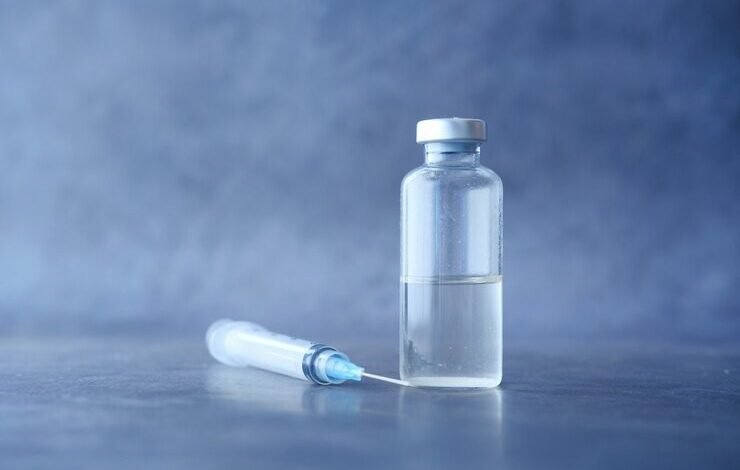Ensuring Safety: Sterilization Methods for Glass Sterile Vials

Glass sterile vials are essential in medical and pharmaceutical settings for safely storing and administering various infusions. To maintain the integrity and safety of these Glass sterile vials 50ml infused, rigorous sterilization methods are employed. Let’s explore the sterilization methods used to ensure the safety of glass sterile vials.
The Importance of Sterilization
Before diving into the sterilization methods, it’s crucial to understand the significance of sterilization in healthcare settings. Sterilization is the process of eliminating all microorganisms, including bacteria, viruses, and fungi, from surfaces, instruments, and materials. This is essential to prevent the transmission of infections and ensure the safety of patients and healthcare professionals.
Steam Sterilization (Autoclaving)
Steam sterilization, also known as autoclaving, is one of the most common and effective methods used to sterilize glass sterile vials. In this method, vials are placed in an autoclave chamber and exposed to high-pressure steam at temperatures typically ranging from 121°C to 134°C. The steam penetrates the vials, killing any microorganisms present and ensuring sterilization. Autoclaving is highly effective and suitable for a wide range of materials, including glass, metal, and some plastics.
Dry Heat Sterilization
Dry heat sterilization is another method used for sterilizing glass sterile vials. In this process, vials are exposed to high temperatures ranging from 160°C to 190°C for a specified period. Unlike steam sterilization, dry heat sterilization does not involve moisture, making it suitable for heat-resistant materials such as glass. However, it may take longer than steam sterilization and may not be suitable for heat-sensitive materials.
Chemical Sterilization
Chemical sterilization involves the use of chemical agents to kill microorganisms on the surface of glass sterile vials. Common chemical sterilants include hydrogen peroxide, ethylene oxide, and chlorine dioxide. These agents are applied to the vials either in liquid or gas form and allowed to penetrate and kill microorganisms. Chemical sterilization is effective but requires careful handling and proper ventilation to ensure safety.
Radiation Sterilization
Radiation sterilization, such as gamma radiation or electron beam irradiation, is used to sterilize a variety of medical devices and materials, including glass sterile vials. In this method, vials are exposed to ionizing radiation, which damages the DNA of microorganisms, rendering them unable to reproduce. Radiation sterilization is effective and suitable for heat-sensitive materials but requires specialized equipment and facilities.
Quality Control Measures
In addition to sterilization methods, quality control measures are implemented to ensure the safety and reliability of glass sterile vials. These measures include regular testing and inspection of vials to detect any defects or abnormalities that could compromise their integrity. Quality control procedures may involve visual inspection, leak testing, and dimensional analysis to verify that vials meet established standards for strength, durability, and cleanliness. By implementing stringent quality control measures alongside sterilization methods, manufacturers can guarantee the highest level of safety and performance for glass sterile vials used in medical and pharmaceutical applications.
Summing Up
Sterilization is a critical step in ensuring the safety and efficacy of glass sterile vials 50 ml infused used for infusions in medical and pharmaceutical settings. By employing rigorous sterilization methods such as steam sterilization, dry heat sterilization, chemical sterilization, or radiation sterilization, healthcare professionals can confidently utilize glass sterile vials for storing and administering medications and solutions. If you’re in need of high-quality glass sterile vials for your infusion needs, consider contacting Pico IV for reliable products and services.


